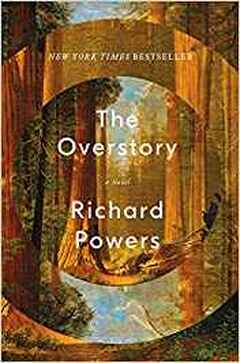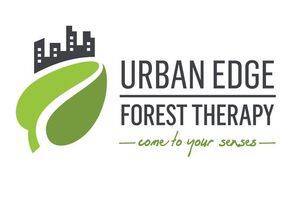 New York is the epicenter of the book publishing industry. So, in exploring NYC nature connections it is apt to note the 2019 Pulitzer Prize for fiction awarded to Richard Powers' The Overstory, a novel in which trees shape the lives of nine characters and are so vividly evoked as to be characters too. In addition, Victoria Johnson's American Eden was a finalist for the Pulitzer for history. American Eden is a riveting biography of David Hosack, visionary physician and botanist during the early Republic who created the New York's first botanical garden (more about this terrific book in a later blog). Nature certainly received much attention from this year's Pulitzer Prize Board. The Pulitzer Prize Board describes The Overstory as "An ingeniously structured narrative that branches and canopies like the trees at the core of the story whose wonder and connectivity echo those of the humans living amongst them."....a sweeping, impassioned work of activism and resistance that is also a stunning evocation of—and paean to—the natural world. From the roots to the crown and back to the seeds, The Overstory unfolds in concentric rings of interlocking fables that range from antebellum New York to the late twentieth-century Timber Wars of the Pacific Northwest and beyond. There is a world alongside ours—vast, slow, interconnected, resourceful, magnificently inventive, and almost invisible to us. This is the story of a handful of people who learn how to see that world and who are drawn up into its unfolding catastrophe." With stirring, incisive descriptions, Powers awakens deep, limbic understanding of humans' biological and emotional connection to the natural world and the primacy of trees. “This is not our world with trees in it" he writes. "It's a world of trees, where humans have just arrived.” And what lessons there are to be learned from trees. Here's a passage I particularly like, one that portrays survival of the fittest not as fierce drama played out through competition among individuals but rather as a result of successfully networked, interrelated, and cooperative communities: "The things she catches Doug-firs doing, over the course of these years, fill her with joy. When the lateral roots of two Douglas-firs run into each other underground, they fuse. Through those self-grafted knots, the two trees join their vascular systems together and become one. Networked together underground by countless thousands of mile of living fungal threads, her trees feed and heal each other, keep their young and sick alive, pool their resources and metabolites into community chests.... Her trees are far more social than [she] suspected. There are no individuals. There aren't even separate species. Everything in the forest is the forest. Competition is not separable from endless flavors of cooperation. Trees fight no more than do the leaves on a single tree. It seems most of nature isn't red in tooth and claw, after all." There is much to learn from trees.
0 Comments
Leave a Reply. |
About this Blog
Hi! I'm Nancy Kopans, founder of Urban Edge Forest Therapy. Join me on an adventure to discover creative ways to connect with nature in your daily life, ways that are inspired by urban surroundings that can reveal unexpected beauty, with the potential to ignite a sense of wonder. Archives
April 2023
Categories
All
|

 RSS Feed
RSS Feed